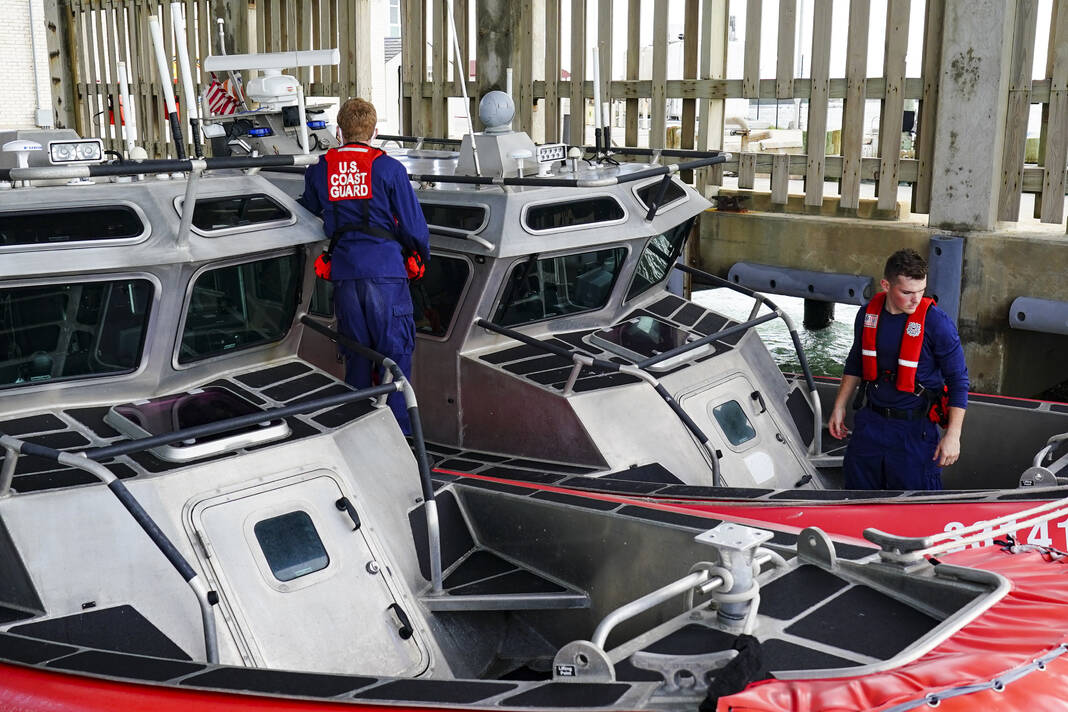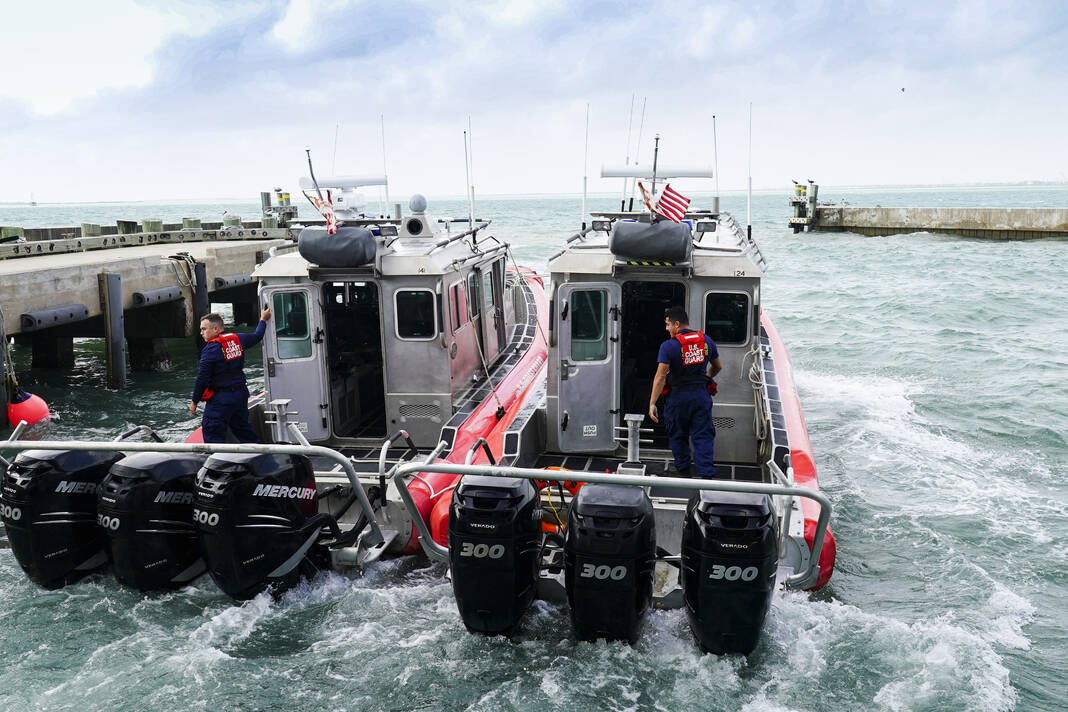The U.S. Coast Guard interdicted 87 Mexican lanchas fishing illegally in U.S. waters in fiscal year 2022, seizing nearly eight tons of catch and detaining 373 fishermen off the Texas coast, officials say.
Since the first recorded lancha interdiction in the 1980s, Coast Guard officials say there has been a significant increase in the detection of the illegal vessels, and 2022 showed an increase of 11.5% over the previous year.
A lancha is a fishing boat used by Mexican fishermen that is approximately 20-30 feet long with a slender profile.
They typically have one outboard motor and are capable of traveling at speeds exceeding 30 mph.
All are equipped with GPS.
Lanchas pose a major threat, usually entering the United States Exclusive Economic Zone near the U.S.-Mexico border in the gulf to illegally fish, transport drugs or smuggle people.
Lt. Shane Gunderson assumed command of Coast Guard Station South Padre Island in June.
“We project there’s probably significantly more traffic out there than we obviously successfully interdict, and we’re looking at some enhanced maritime domain awareness sensors that would help us kind of pick up that traffic,” Gunderson said.
“Those sensors lead to sharp spikes in interdictions, which is what happened in 2018 and 2019. There was kind of a peak in interdiction,” he added. “It was more related with our ability to detect the traffic rather than an increase in traffic.”

The Coast Guard, working closely with Texas Game Wardens, use a multi-layered approach against illegal fishing that includes aerial reconnaissance provided by Coast Guard Air Station Corpus Christi and on-the-water surveillance by small boats and cutters.
“The strategies change. Some lanchas may choose to use foul weather to try to evade detection,” Gunderson said. “There’s definitely a reliance on using night-time to try to obscure their activities, but frankly, it’s really not a successful tactic, but it’s a change of tactics for them.”
“Every time we adopt a new strategy, of course, they look for opportunities to evade it,” he added.
Lancha fishermen primarily target red snapper and shark in U.S. waters, although Gunderson said that can change depending on fish migration patterns and seasons.
The poachers use gill nets or multi-hook long lines of up to a mile in length, both of which are indiscriminate killers of any species caught.
Fishermen who are detained are, in most cases, turned over to U.S. Border Patrol agents and repatriated to Mexico without serving jail time. Their boats, motors and equipment are confiscated.
“There is a degree of what we call recidivism, kind of recurring similar faces time and time again,” Gunderson said. “There’s not a strong element for prosecution for people who are encountered fishing illegally in U.S. waters.”
“That isn’t to say that people don’t face prosecution, but typically prosecution is reserved for more severe cases, failures to heave-to, in other words, vessels that attempt to flee or vessels that resist a legal law enforcement boarding.”





